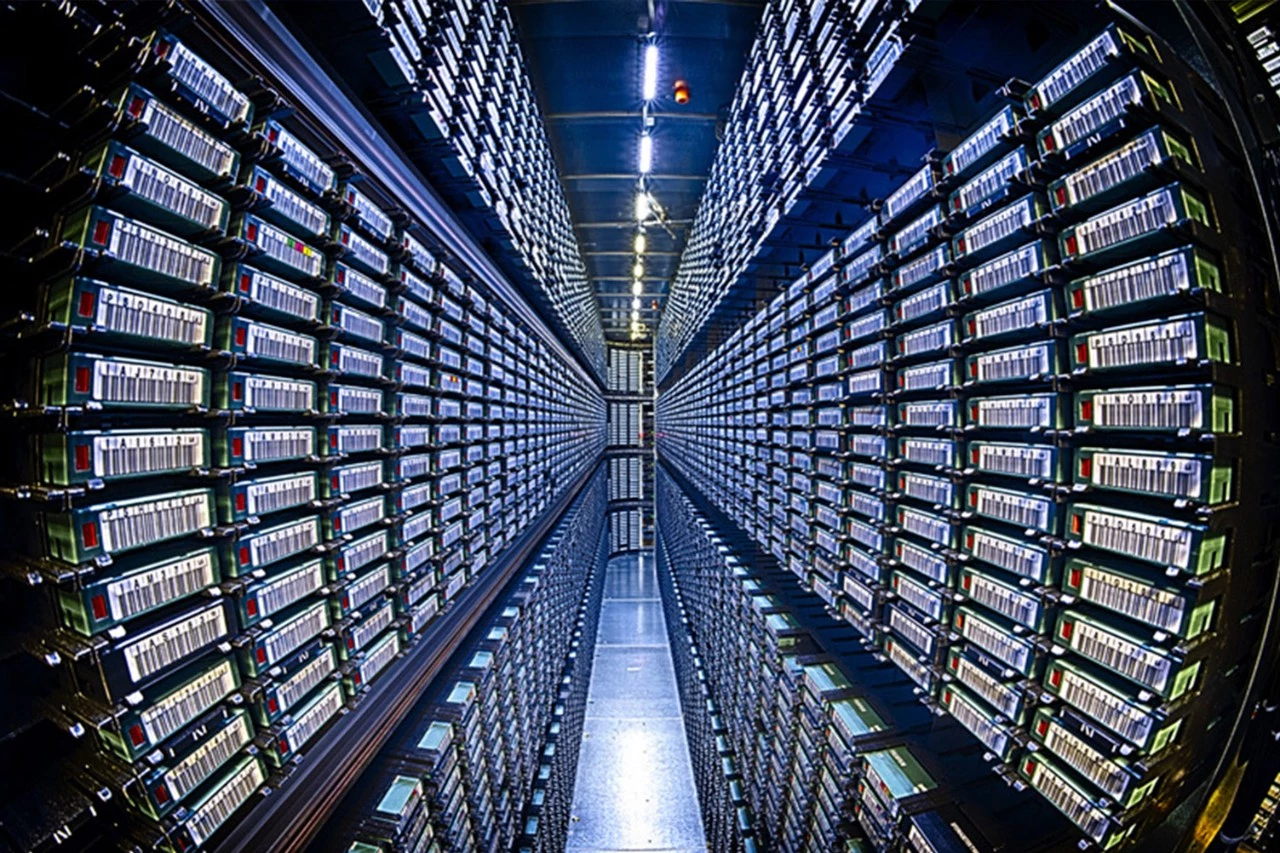An extensive search for a hypothetical particle has turned up empty. The sterile neutrino is a proposed subatomic particle that could even be a candidate for the mysterious dark matter, and although previous studies have hinted at its existence, two new experiments have all but ruled it out.
Neutrinos are elementary particles with a neutral electrical charge and an incredibly tiny mass. They come in three “flavors” – muon, tau and electron neutrinos – and are known to switch between them on the fly while they’re zipping around the universe.
For a long time a fourth flavor has been hypothesized: the sterile neutrino. While the three existing flavors interact with normal matter through gravity and the weak nuclear force, sterile neutrinos are theorized to only interact via gravity. Unfortunately that makes them very difficult to detect.
It’s not from a lack of trying though. Several experiments have been set up in attempts to find evidence of sterile neutrinos, and now data from two of these have been examined. No trace of sterile neutrinos was found, which could bring their existence into doubt.
“It’s an important result for particle physics,” says Alexandre Sousa, an author of the study. “It provides an almost definitive answer to a question that has been lingering for over 20 years.”
The two experiments used very different methods of detection. The first, known as the Daya Bay Reactor Neutrino Experiment, is a series of detectors set up near existing nuclear power plants outside Hong Kong. Since neutrinos are produced in nuclear reactors and then pass through most matter, these detectors can study them as they fly away.
The second experiment is called MINOS+, run by Fermilab in the US. This creates a beam of neutrinos and then sends it flying through 734 km (456 mi) of rock, to a detector in another facility in another state.

In both cases, the scientists were studying the oscillations of the neutrinos – their tendency to switch between flavors on the fly. If muon neutrinos oscillate into sterile neutrinos, they would appear to vanish, and this was what the team expected to see. Unfortunately no such detections were made.
“We would all have been absolutely thrilled to find evidence for sterile neutrinos, but the data we have collected so far do not support any kind of sterile neutrino oscillation,” says Pedro Ochoa-Ricoux, an author of the study.
Interestingly, these new results run counter to previous experiments, which recorded anomalies that could have been explained by sterile neutrinos.
“Our results are incompatible with the sterile neutrino interpretation of the anomalies,” says Adam Aurisano, an author of the study. “So these experiments remove a possibility – the leading possibility – that oscillations into sterile neutrinos solely explain these anomalies.”
Of course, these results don’t necessarily disprove the existence of sterile neutrinos. Instead, it just narrows down the range of possible properties that they may have, helping physicists focus their search in future.
“I think sterile neutrinos are more likely than not to exist at high energies,” says Aurisano. “At the very beginning of the universe, you’d expect there would be sterile neutrinos. Without them, it’s hard to explain aspects of neutrino mass.”
If they do exist, sterile neutrinos are implicated in several cosmological mysteries. They remain among the candidate particles for dark matter, the strange stuff that’s thought to permeate the universe and only interact with normal matter through gravity – a property also predicted of sterile neutrinos. They could also help explain the imbalance between matter and antimatter in the universe today.
The research was published in the journal Physical Review Letters.
Source: University of Cincinatti






